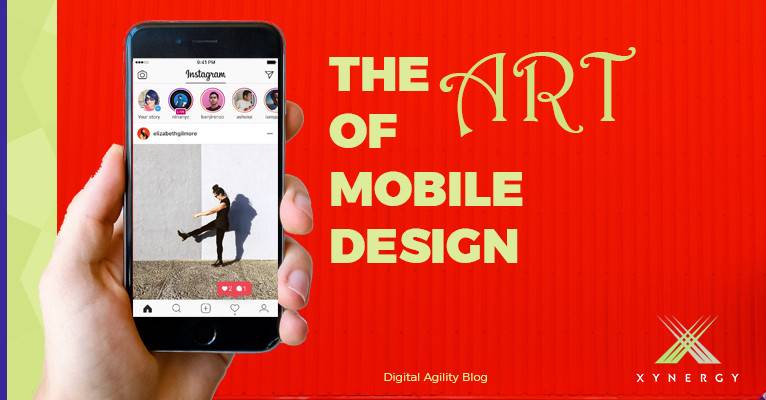Tablets are the next biggest trend in e-commerce if their performance during last year’s holiday season is any indication.
Tablet traffic accounted for 8-19 percent of total shopping traffic from Thanksgiving to Cyber Monday last year (2012). Total sales from tablets were between 7-17 percent while Ipads were responsible for 94% of these sales. Tablet shoppers converted as much as 38 percent higher than regular shoppers and average order sizes were up by 15 percent. Tablets play a major role in pre-sale consumer activities: over half of tablet users have looked up product and price information, searched for store location, or read customer reviews at least once per month. And 17 percent of tablet users complete these actions daily. From these statistics, we know that having a mobile site that is optimized for tablets is one of the best ways to boost sales.
So here are a few key optimization recommendations that do not require you to commit to a native app development or complete responsive design:
Speed
Tablet users expect websites to load very quickly – in two seconds or less. This is difficult for tablets to accomplish because they use 3G or public Wi-Fi networks.
1. Limit the number of animations on each page
2. Remove legacy/unused JavaScript, CSS, and tags
3. Reduce the number of “include” files
Swiping
Tablets are great for swiping, zooming, and pinching. If your site is not swipe-able users may become dissatisfied and leave.Replace static feature areas and button controlled sliders with scrolling, swipe-able content.
1. Use swipe controls for product carousels that showcase your featured products
2. If your product has multiple images allow users to swipe from image to image (this option is located on your product detail pages)
Tapping
Tablet users “tap” to click. Your website interface needs to recognize that someone is tapping and not holding down with their finger. Several very effective tablet optimizations are designed primarily to make sure key areas of your website are “tap-ready.”
1. Accommodate fat-thumbs by making buttons large and wide. Instead of having small, clustered text menus use well-spaced buttons or links written in larger text.
2. Get rid of hover interactions because they are often completely unsupported on tablets. Hovering leads to frustrating click errors. The best solution is to switch to fixed place buttons and links to invoke drop-downs and modal windows. A modal window is a window that pops up and requires interaction before allowing the user to return to the original window.
3. Customize product details using tap ready options. Replace the typical drop-downs for specifics such as color, size, and other options with tap-on and off design elements. Useful tap-on and off product configuration tools include color swatches and other picture-based elements.
4. Remove flash animation. Flash is ubiquitously present in website design which presents a problem for Apple tablets. Although Ipad shopping accounts for the majority of tablet sales, Apple does not support Flash. Replace Flash with JavaScript, HTML5, or static content.
Limit Typing
Do not make users struggle to enter lots of information on a tablet where typing is cumbersome and difficult.
1. Have your website predict search suggestions
2. Prefill forms and text boxes if possible
3. Always prompt the appropriate keyboard for each field of requested information (i.e. for Zip Code prompt the number keyboard)
4. Format form fields to be large enough and long enough for the text required
5. Use clickable plus/minus signs for changing quantity
6. Only use dropdowns if there is no alternative.
If you are not interested in making all of these individual changes yourself we can help you create the perfect mobile website. Give us a call 505-820-9357. http://www.websitemagazine.com/content/blogs/posts/archive/2013/02/04/optimizing-for-today-s-tablet-shoppers.aspx
Contact us to improve your Mobile Site.
or Call 505-557-7780




